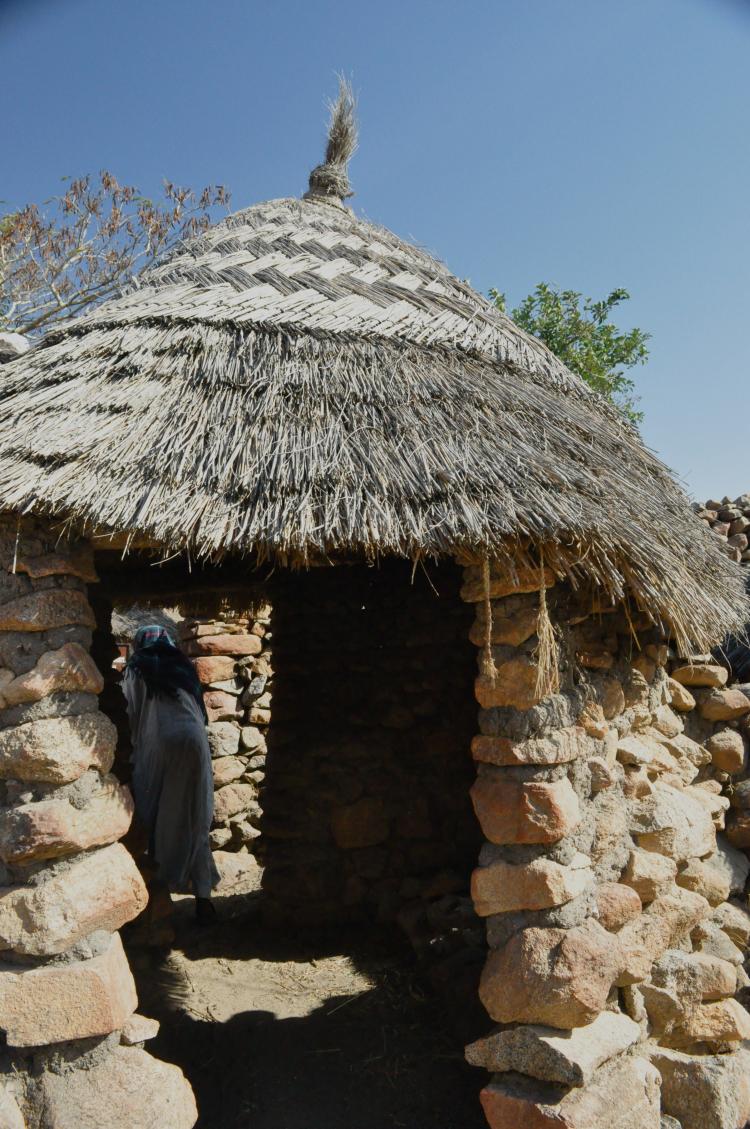Language Documentation

The Department views fieldwork as a central component of the empirical study of language, and offers graduate training in field methods. Research efforts center on video capture of conversational discourse and the production of usage-based grammars and dictionaries.
The Department has historically housed projects and centers devoted to documentation and revitalization indigenous languages, particularly Native languages of the Plains and Southwest. Among these is the Arapaho Language Project. Its Center for Languages of the Plains and Southwest is currently being reenvisioned as the Center for Indigenous Languages (CSIL), to promote a broadened focus on indigenous communities of the Americas. Watch this space for developments as we work to launch CSIL. CU Linguistics currently works closely with CU's Center for Native American and Indigenous Studies (CNAIS); CU Linguistics Professor Andy Cowell is current director of CNAIS, and Linguistics students often work toward the CNAIS certificate.
Language specializations are diverse, and include numerous interacting programs of research:
- Prof. Mans Hulden is a leading developer of open-source tools for finite-state language modeling and low-resource languages.
- Funded by a National Science Foundation CAREER grant, Prof. Alexis Palmer's project, “From One Language to Another (FOLTA)", is a comprehensive research and education plan that will advance a crucial aspect of the CU Linguistics mission: combining NLP techniques, educational research and archival technologies to help indigenous communities preserve and revitalize their languages. The experiments proposed within the FOLTA project focus on tools and tasks that are important early in the language documentation process, such as morphological analyzers and part-of-speech taggers, as well as language technologies that can be put to immediate use by language communities, like spell-checkers and predictive text systems.
- Prof. Ambrocio Gutiérrez Lorenzo researches the the syntax and semantics of the Zapotec (Otomanguean) languages of southern Mexico. A first-language speaker of Teotitlán del Valle Zapotec, Prof. Gutiérrez Lorenzo promotes work on indigenous languages by native speakers and members of heritage communities.
- Prof. Joseph Dupris, Jr. explores the implications of racial and political recognition in tribal contexts, and offers an approach to tribalizing language research in an era of revitalization and reclamation. Dr. Dupris, who is enrolled in the Klamath Tribes of southern OR and northern CA), was introduced to maqlaqsyals as a child attending tribal culture camps. He studies the efficacy of interactive, embodied techniques for community-based language learning. He is currently working with the Klamath Tribes to initiate long term strategic planning for maqlaqsyals (Klamath, Modoc languages) and numu yadua (Yahooskin-Northern Paiute languages).
- The Department hosts a Meso-American languages initiative, which involves both fieldwork and work with immigrants in the greater Denver area. Documentation efforts have focused on Huichol, Mezquital Otomi and Mayan languages. CU Linguistics faculty use the latest annotation software, including ELAN and FLEx, and are working increasingly closely with computational linguistics faculty to create annotated corpora of endangered languages.
- Funded by the NSF/NEH-funded Documenting Endangered Languages program, Prof. Cowell and his research team are creating and enhancing interconnected textual and lexical databases of Arapaho.
- Prof. Hannah Haynie examines linguistic diversity, language prehistory, and language change, with a focus on languages of North America and the linguistic diversity of the California area. Her work is driven by an interest in how linguistic diversity arises from processes of language change that operate at multiple spatiotemporal scales, and curiosity about the competing pressures that shape language change and language diversity. With an interdisciplinary background, Dr. Haynie integrates linguistic analysis with methodological approaches inspired by work in geography, ecology, and evolutionary biology to investigate these questions. As one of the leaders of the international team of researchers, Dr. Haynie helped develop Grambank, the largest comparative grammatical database yet available.
CU Linguistics faculty work increasingly closely with computational linguistics faculty to create annotated corpora of endangered languages.

